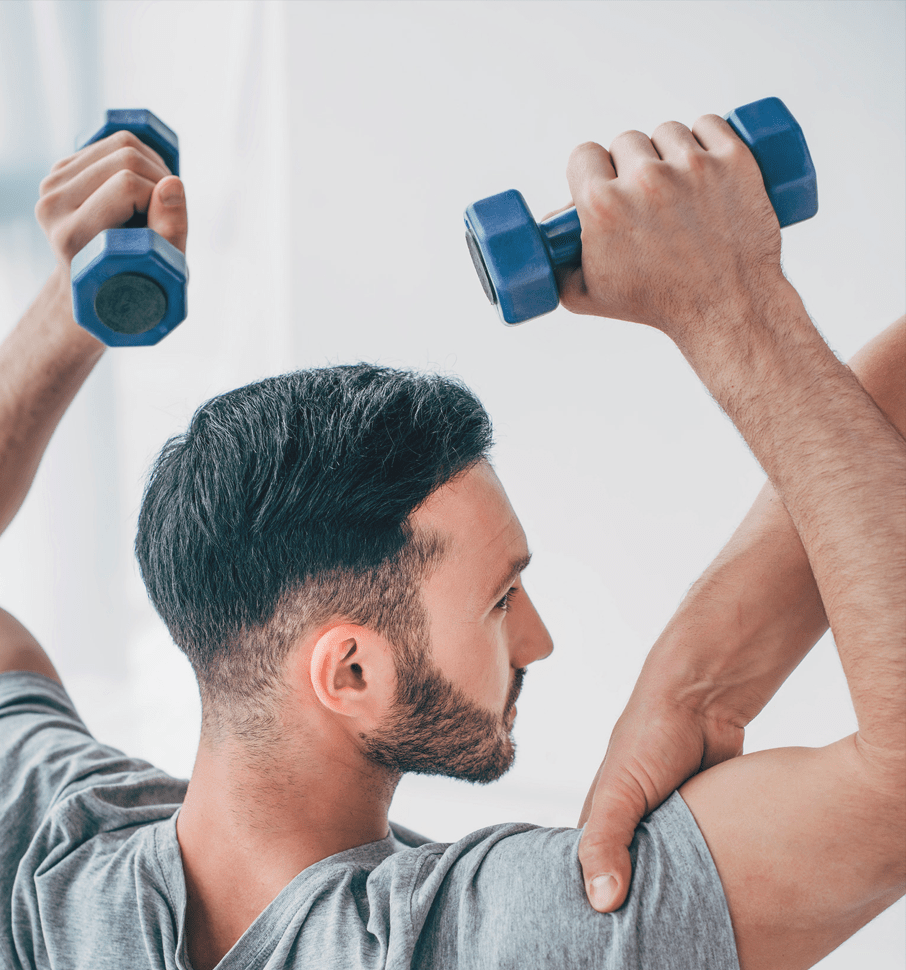We have all heard the saying “lift with your legs.” But what does that really mean? Why is it so important to lift with our legs?
Injuries can happen anytime, and many back injuries occur while lifting heavy objects. It could be your first or tenth time you lift something that the pain hit. When you lift with your legs, something called “reciprocal inhibition” occurs in the muscles of the core, hips and low back. Basically, this means that when a muscle group is engaged, the opposing set doesn’t work, which allows motion to occur around a joint (in this case, your hips). If you try to lift with your back, this reciprocal inhibition is not present, as all the muscles of the core, low back, and hips are engaged – limiting the motion that can occur at the hips. This then requires your lower back muscles to work harder, likely straining them and causing an injury.
However, lifting with your legs relieves tension on the lower back and causes the reciprocal inhibition to occur, saving your back from injury.
Here is a basic way to lift with your legs:
Keep a wide base of support. Your feet should be shoulder-width apart, with one foot slightly ahead of the other (karate stance).
Squat down, bending at the hips and knees only. If needed, put one knee to the floor and your other knee in front of you, bent at a right angle (half kneeling).
Keep good posture. Look straight ahead, and keep your back straight, your chest out, and your shoulders back. This helps keep your upper back straight while having a slight arch in your lower back.
Slowly lift by straightening your hips and knees (not your back). Keep your back straight, and don’t twist as you lift.
Hold the load as close to your body as possible, at the level of your belly button.
Use your feet to change direction, taking small steps.
Lead with your hips as you change direction. Keep your shoulders in line with your hips as you move.
Set down your load carefully; again, bending at the knees and hips only.
Keep these tips in mind to injury to your low back.




